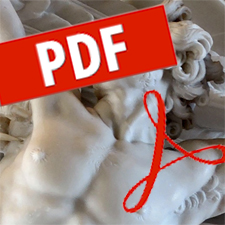Description
By Gary Graham
Newspapers are operating in increasingly competitive and fragmented markets for audiences and advertising revenues, government media policy and changing audience requirements for news and the ways in which it is presented and delivered. A growing army of bloggers and amateur citizen journalists now delivers—but rarely edits—content for all media platforms, while new media technologies, combined with the changing structure of global news industries, are changing radically the ways in which newspapers and media business functions and struggles for profitability. Our research sought to answer the question of how the Internet is impacting on different value activities in the newspaper industry supply chain. To answer these questions, 15 semi‐structured in‐depth interviews were conducted at three regional newspapers in the Manchester area. The findings showed that in spite of initial fear and rejection, the Internet is now firmly embedded in newspaper industry supply chain operations. Firms are now using the Internet as an operant resource and working proactively with consumers to develop various forms of relationship value. We highlight the role of consumers in the creation of news (editorial) content and consumer‐driven moves toward a merged media platform of distribution (including television, online, mobile and printed forms). Newspapers will probably survive if they supply an ‘elite’ service to a leadership news audience. This will be in the form of ‘hybrid’ content: analysis, interpretation and investigative reporting in a print product that appears less than daily combined with constant updating and reader interaction on the Web.
page: 117 – 124
Prometheus: Critical Studies in Innovation
Volume 27, Issue 2
SKU: 0810-9028389697
